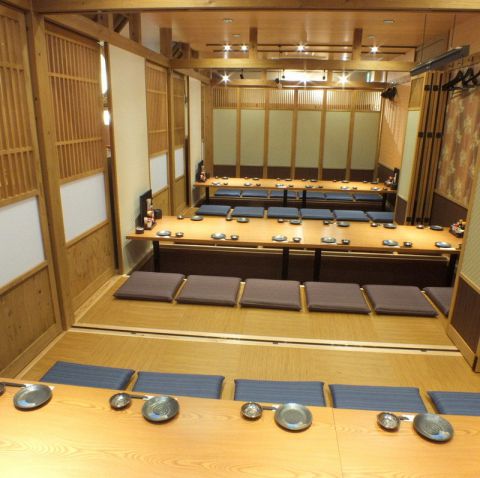Recommended sushi restaurants in Oita, Japan
-

Bungo Uosen Suisan Oita Ekimae Store
Sushi restaurant in Oita [SUSHILIVE comment] -


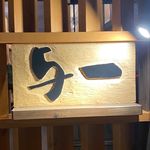
integration with
Sushi restaurant in Oita [SUSHILIVE comment] -


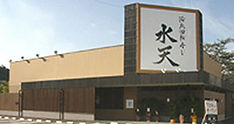
Kaisenjushi Suiten Koikebaru Branch
Sushi restaurant in Oita [SUSHILIVE comment] -


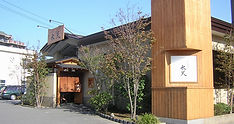
Kaiten Sushi Suiten Oji Branch
Sushi restaurant in Oita [SUSHILIVE comment] -


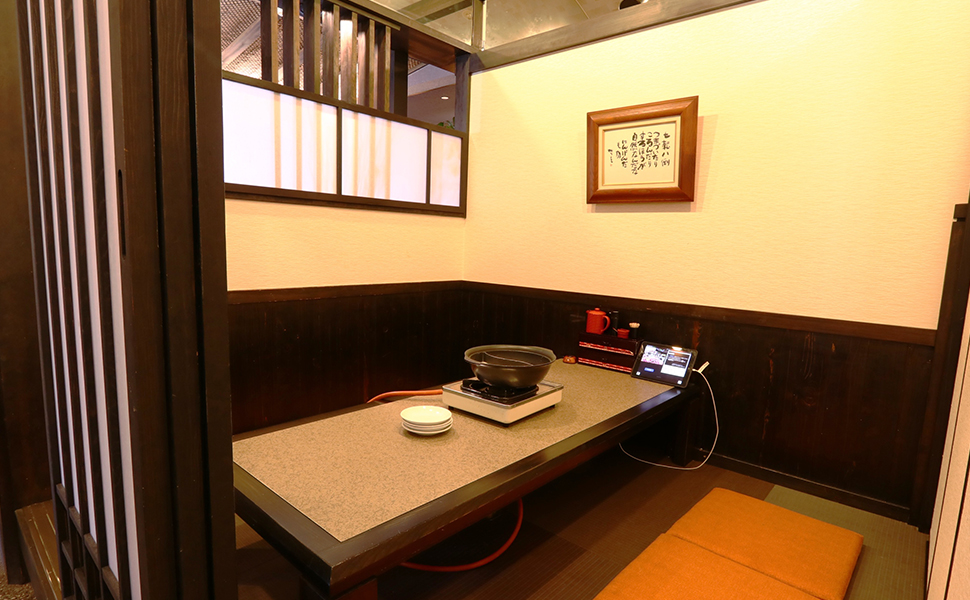
Vipassana Heaven
Sushi restaurant in Oita [SUSHILIVE comment] -


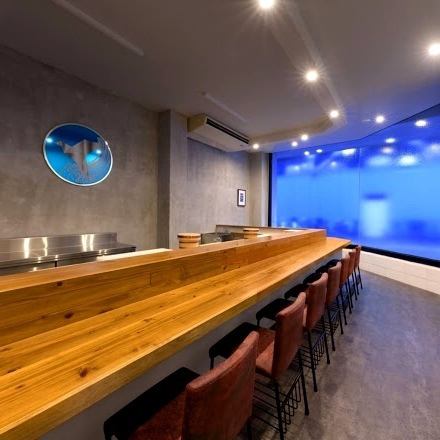
NARUMI
Sushi restaurant in Oita [SUSHILIVE comment] -


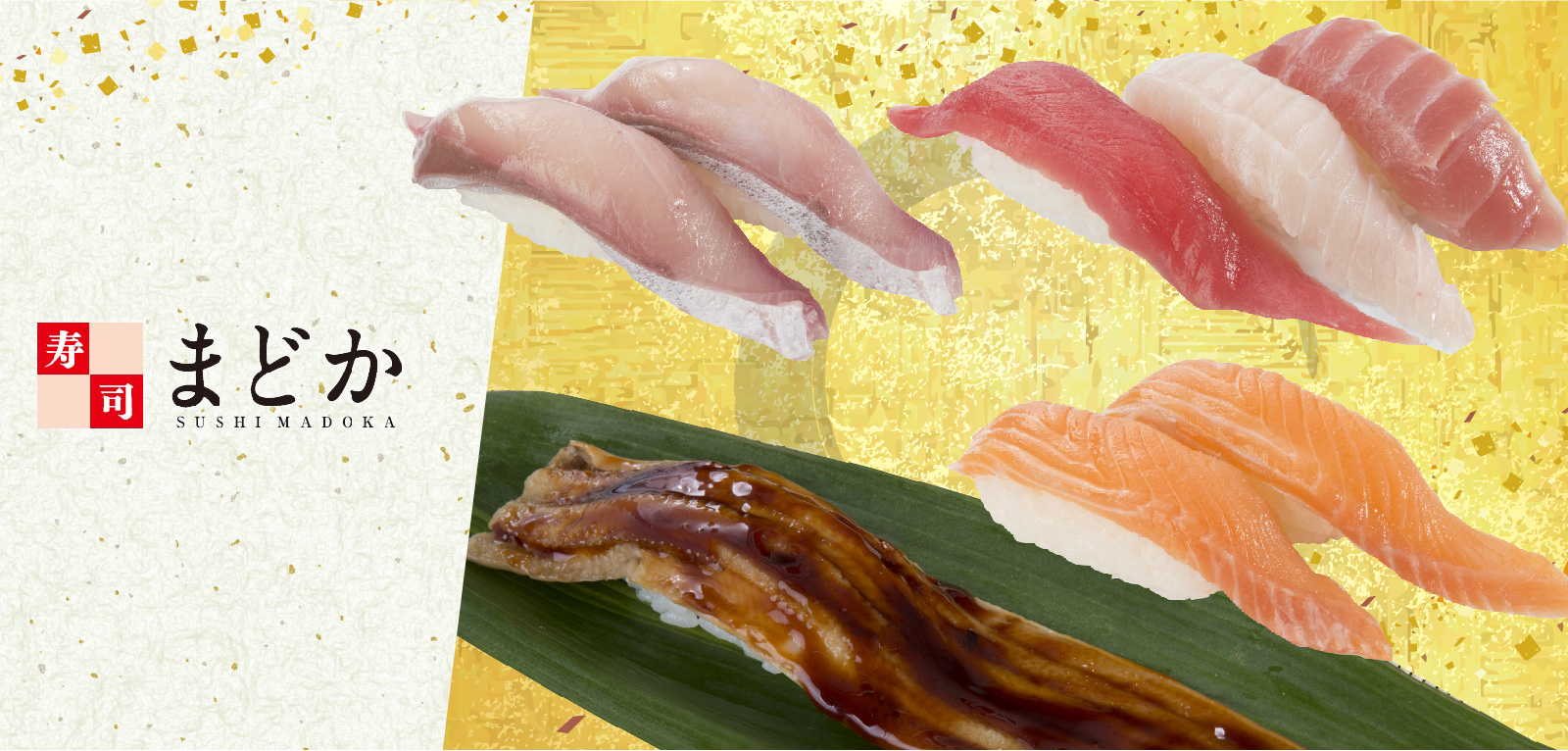
Sushi Madoka Amu Plaza Oita
Sushi restaurant in Oita [SUSHILIVE comment] -



Oita Kuroge Wagyu Beef Yakiniku Horumon Tatsumi
Sushi restaurant in Oita [SUSHILIVE comment] -



Muzoe Kurazushi D plaza Oita
Sushi restaurant in Oita [SUSHILIVE comment] -


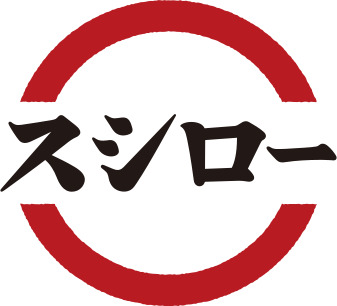
Sushiro Oita Wasada
Sushi restaurant in Oita [SUSHILIVE comment] -


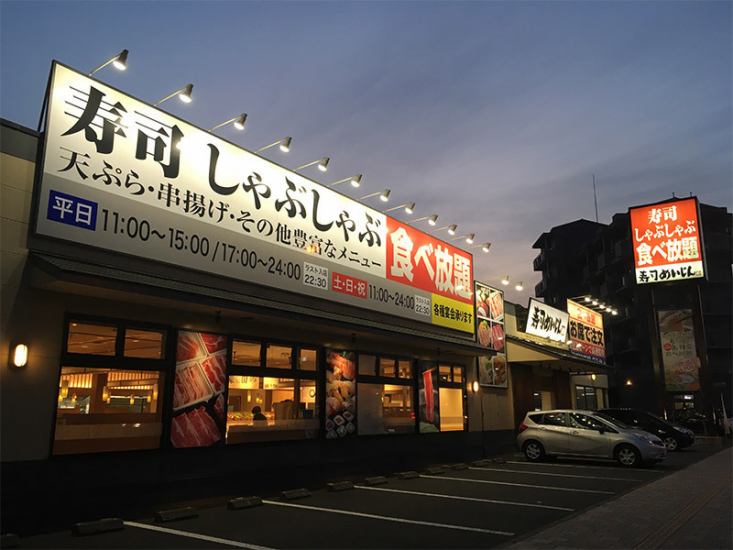
Sushi Meijin Kasuga
Sushi restaurant in Oita [SUSHILIVE comment] -



Muzoe Kurazushi Oita Morimachi
Sushi restaurant in Oita [SUSHILIVE comment] -



Sushiro Oita Motomachi
Sushi restaurant in Oita [SUSHILIVE comment] -


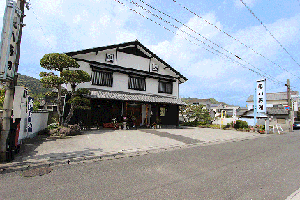
Kamehachi Sushi
Sushi restaurant in Oita [SUSHILIVE comment] -


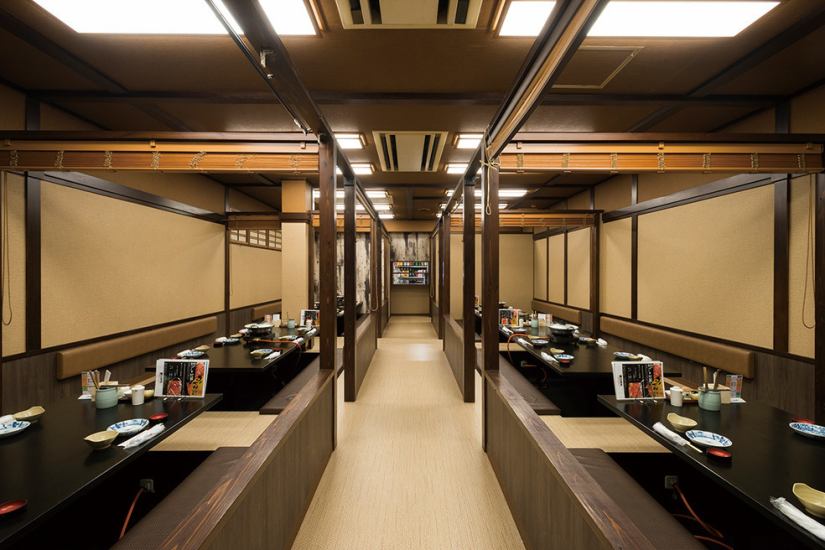
Vipassana Hagiwara
Sushi restaurant in Oita [SUSHILIVE comment] -


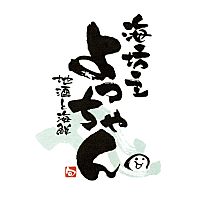
Local Sake and Seafood Umibouzu Yotchan
Sushi restaurant in Oita [SUSHILIVE comment] -


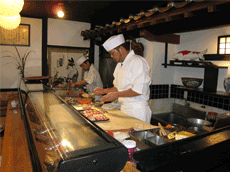
Kappou Honorsushi
Sushi restaurant in Oita [SUSHILIVE comment] -


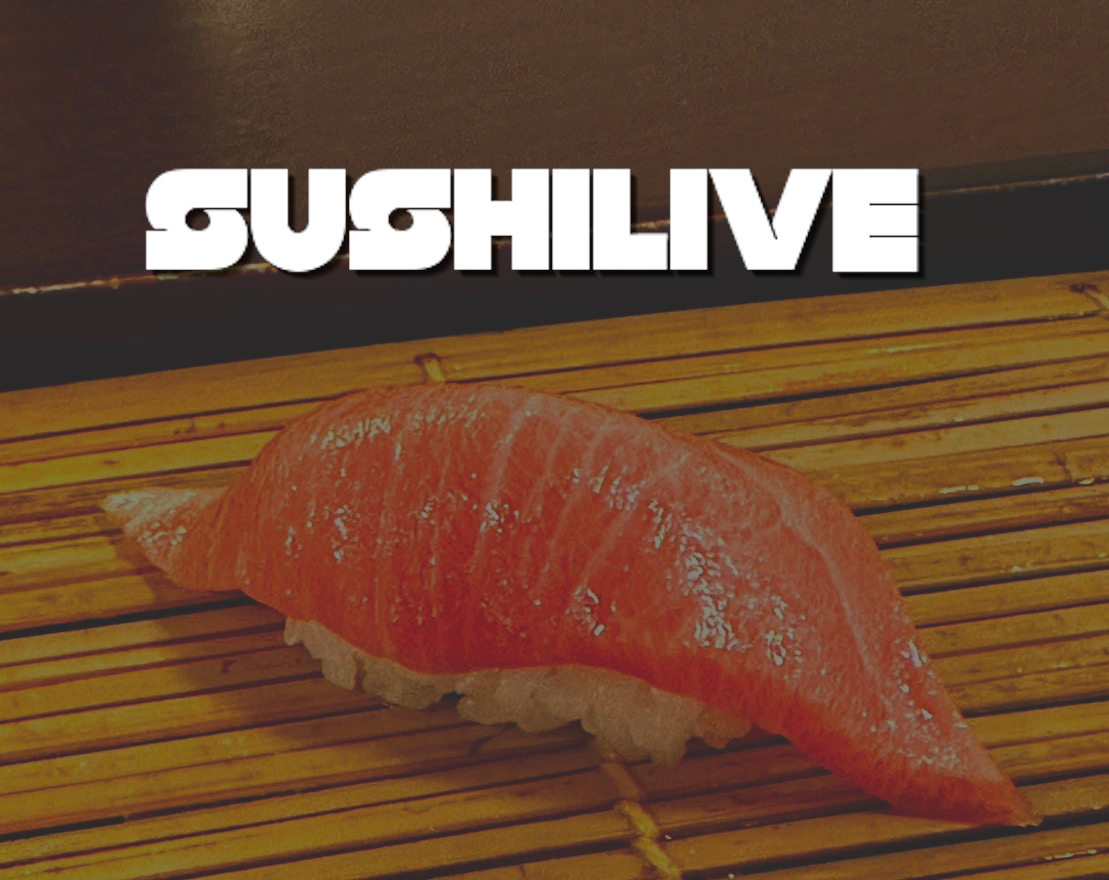
type of sushi with a variety ingredients sprinkled on the rice
Sushi restaurant in Oita [SUSHILIVE comment] -


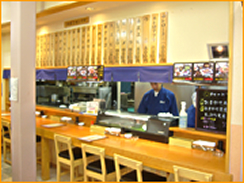
bungo zushi
Sushi restaurant in Oita [SUSHILIVE comment] -



鮨龍
Sushi restaurant in Oita [SUSHILIVE comment] -



santoku sushi
Sushi restaurant in Oita [SUSHILIVE comment] -



Yasubei Sushi
Sushi restaurant in Oita [SUSHILIVE comment] -



Sushi Restaurant No Kietsu
Sushi restaurant in Oita [SUSHILIVE comment] -



Fuku-zushi
Sushi restaurant in Oita [SUSHILIVE comment] -



Ikei.
Sushi restaurant in Oita [SUSHILIVE comment] -



Minister of Health, Labour and Welfare
Sushi restaurant in Oita [SUSHILIVE comment] -



Nada
Sushi restaurant in Oita [SUSHILIVE comment] -


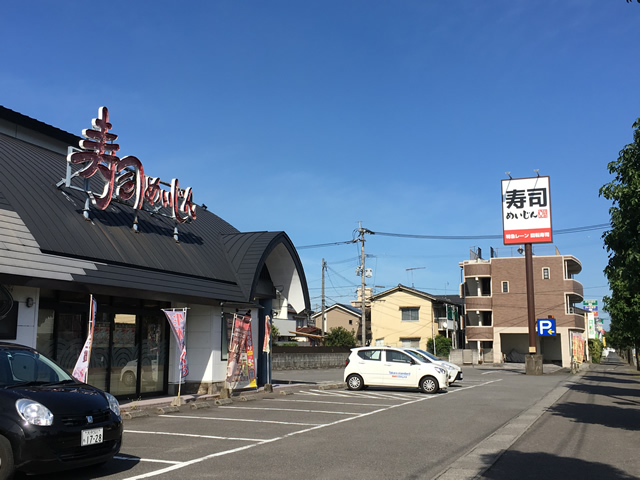
Sushi Meijin Haya
Sushi restaurant in Oita [SUSHILIVE comment] -


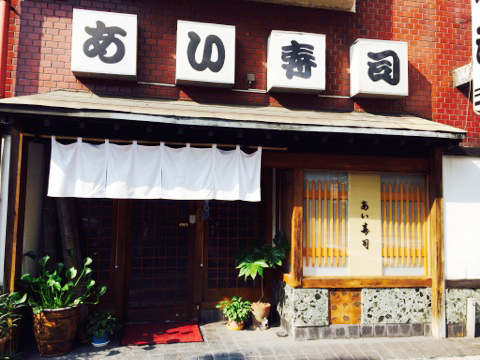
Aizushi
Sushi restaurant in Oita [SUSHILIVE comment] -



Sushi-Yoshi
Sushi restaurant in Oita [SUSHILIVE comment]
Recommended conveyor belt sushi restaurants in Oita, Japan
-


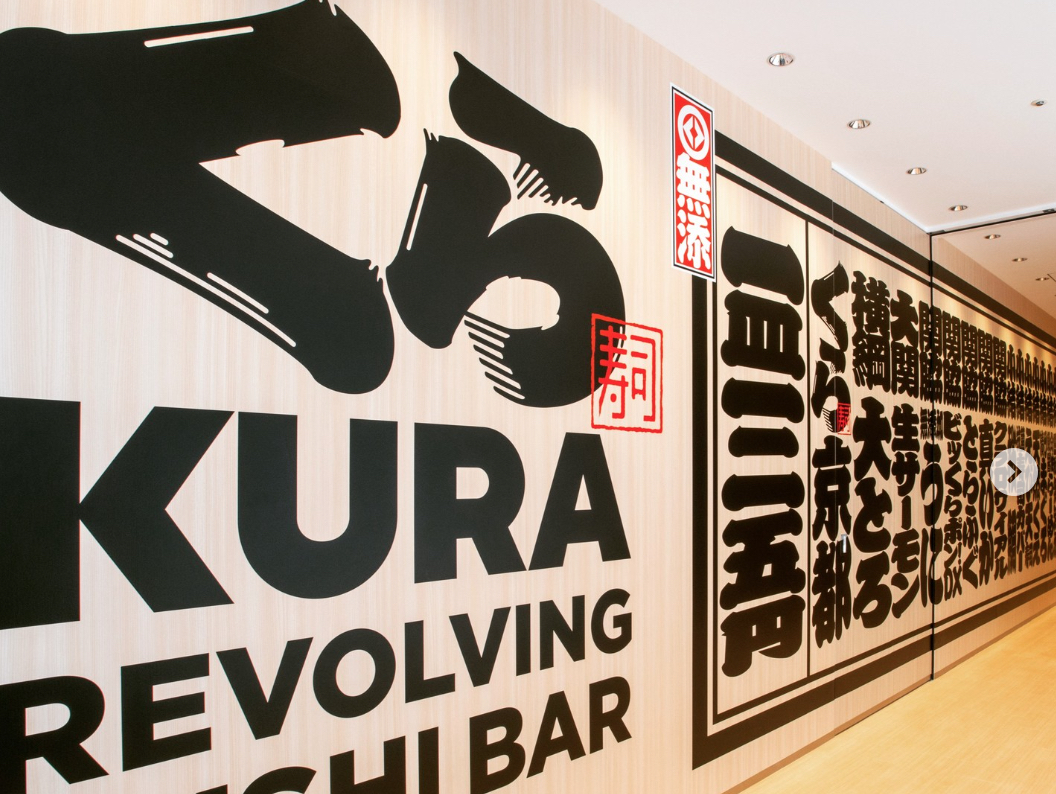
Kura Sushi Nitori Oita Nakatsu
Sushi restaurant in Oita [SUSHILIVE comment] -


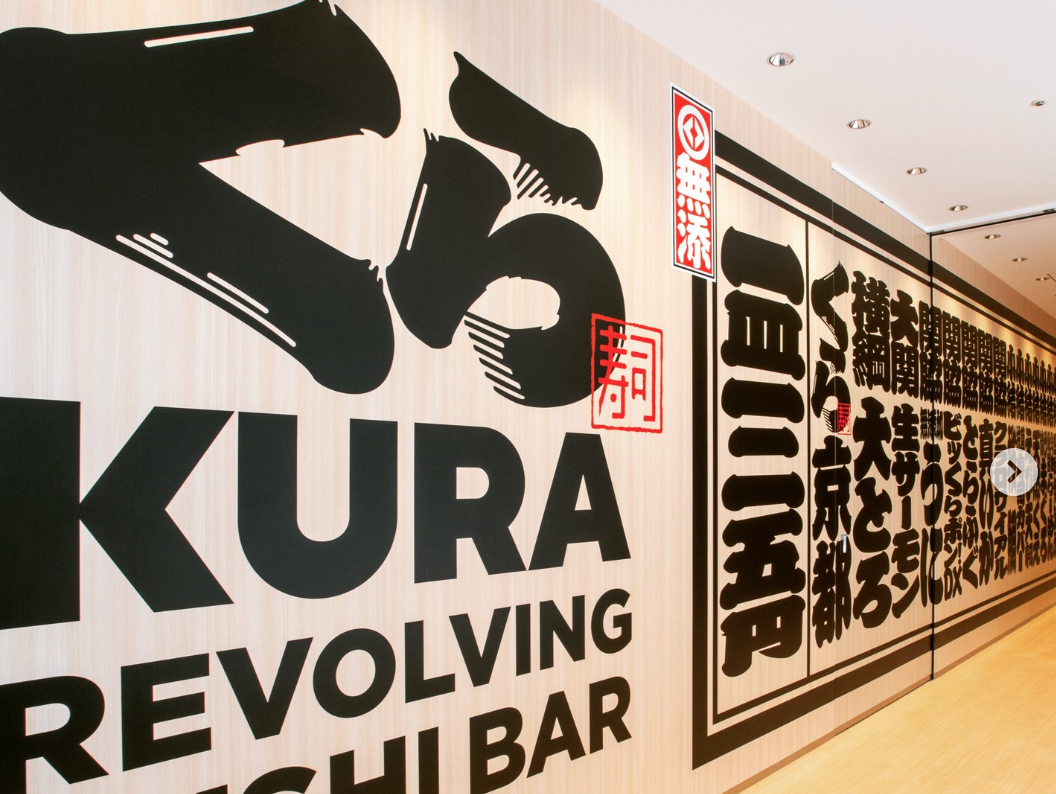
Kura Sushi Nanda Branch
Sushi restaurant in Oita [SUSHILIVE comment] -


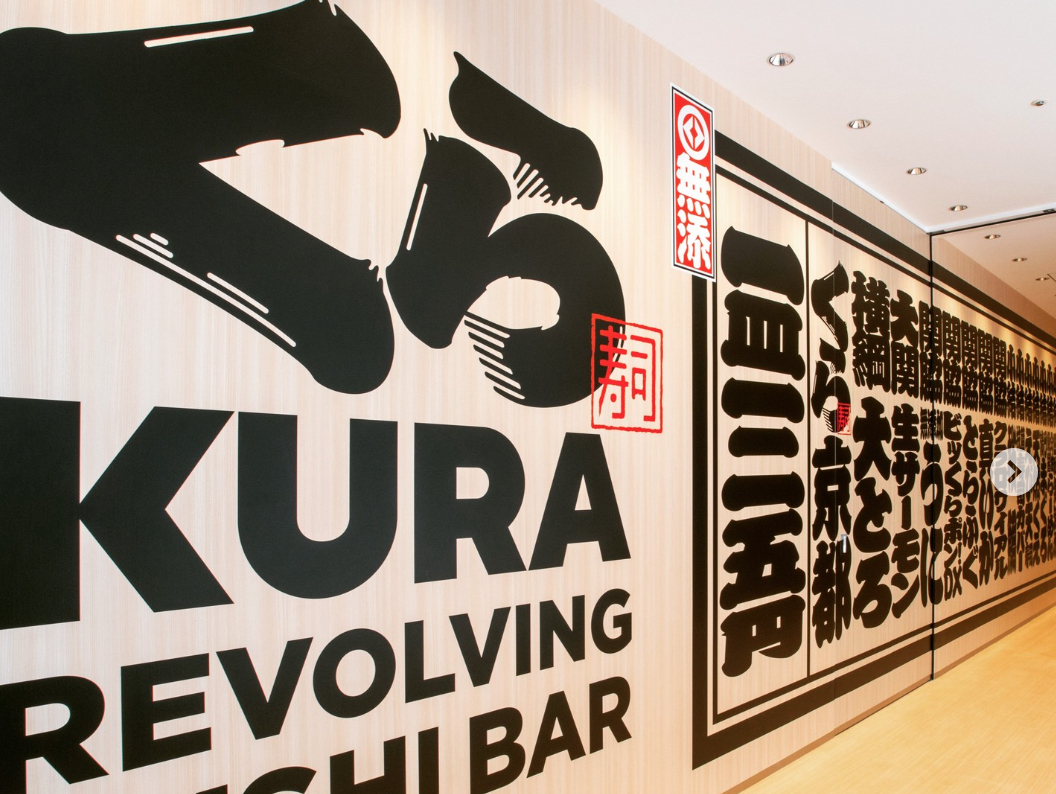
Kura Sushi Oita Morimachi Store
Sushi restaurant in Oita [SUSHILIVE comment] -


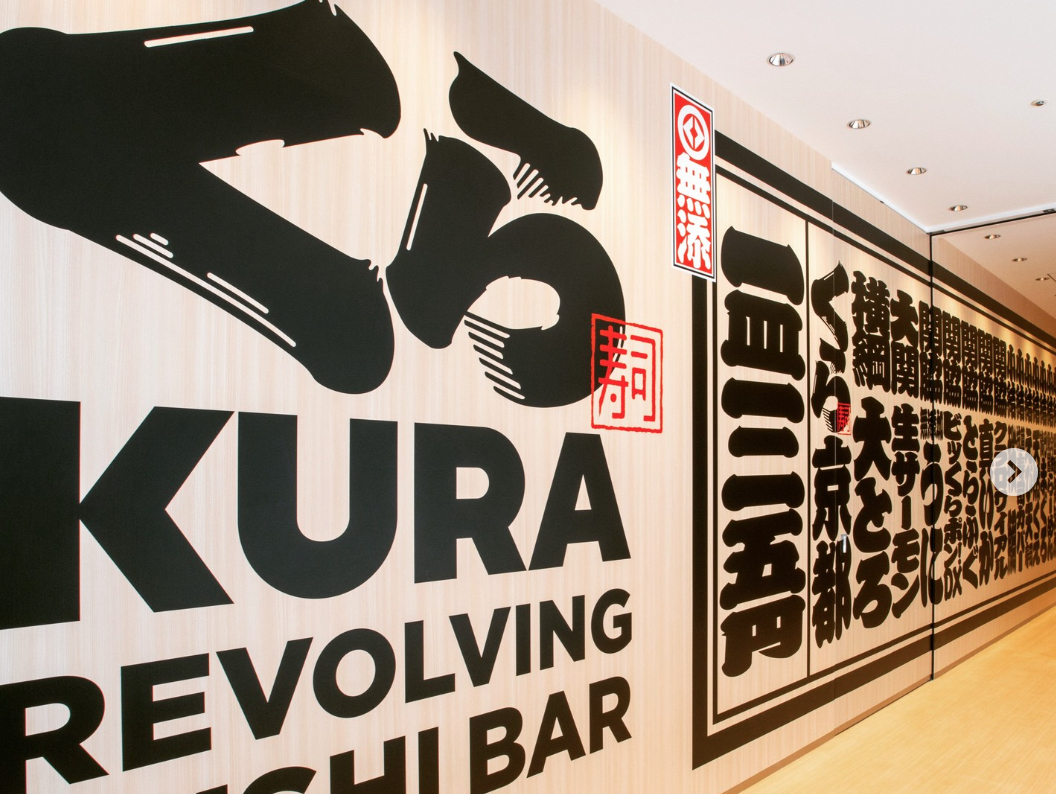
Kura Sushi D-plaza Oita
Sushi restaurant in Oita [SUSHILIVE comment] -



Kura Sushi Beppu Branch
Sushi restaurant in Oita [SUSHILIVE comment] -


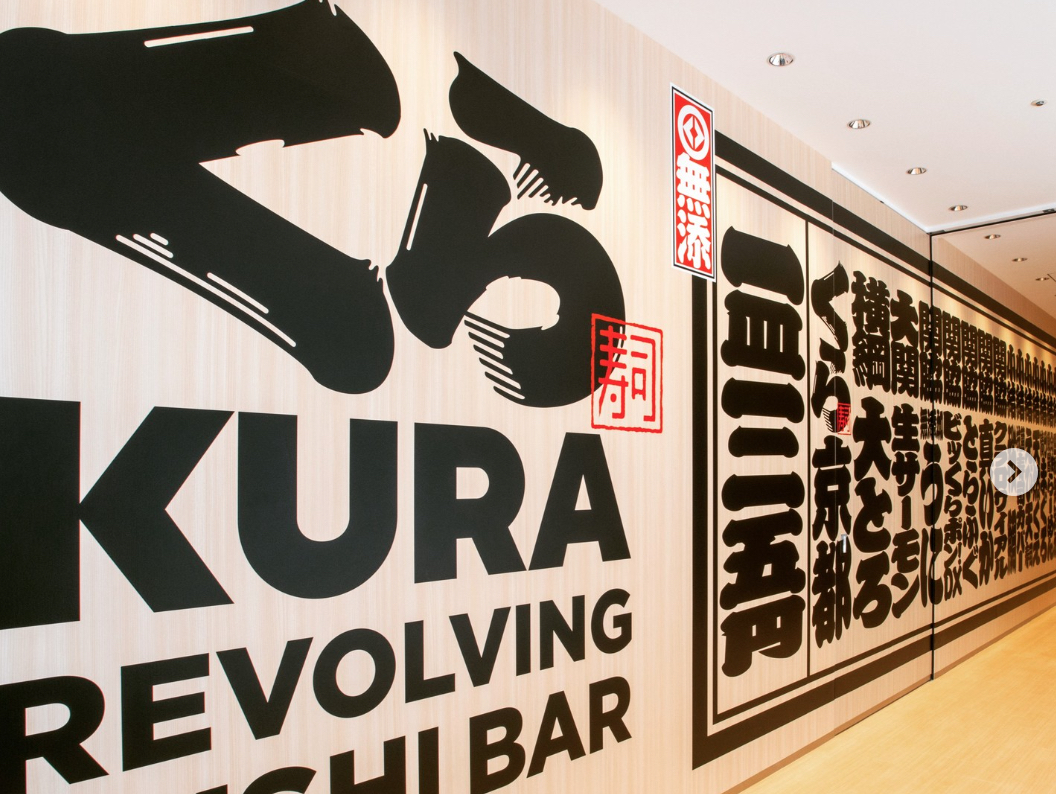
Kura Sushi Beppu Jojinkehama Store
Sushi restaurant in Oita [SUSHILIVE comment] -


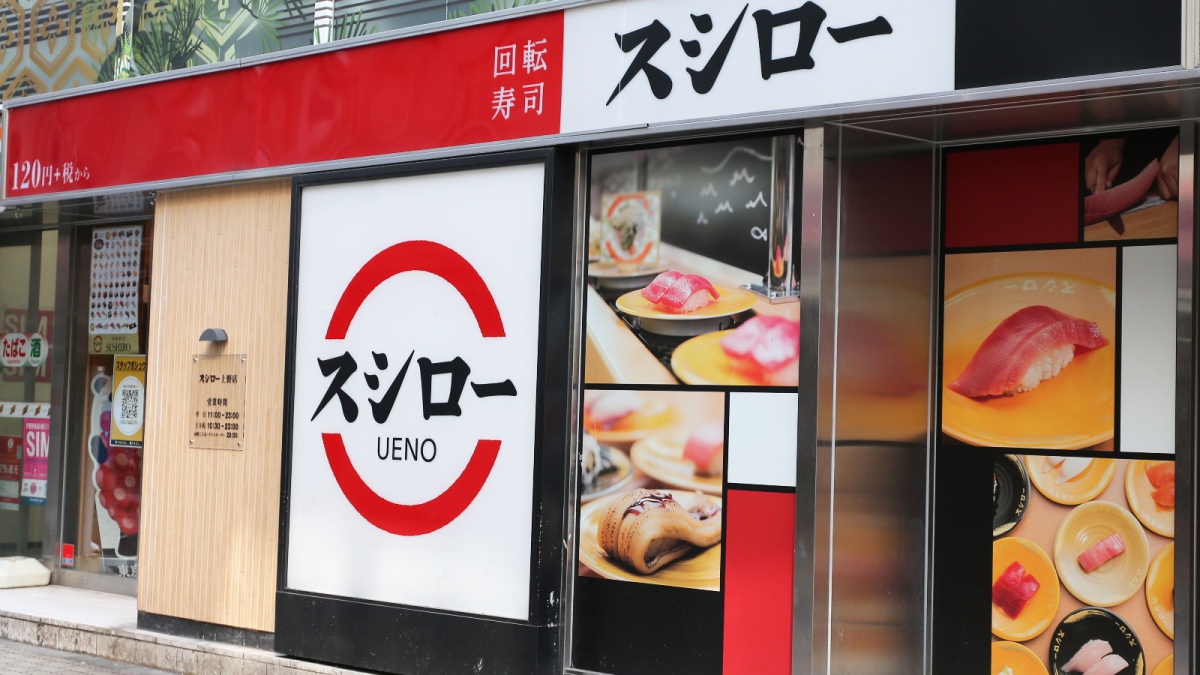
Sushiro Hita Tamagawa
Sushi restaurant in Oita [SUSHILIVE comment] -


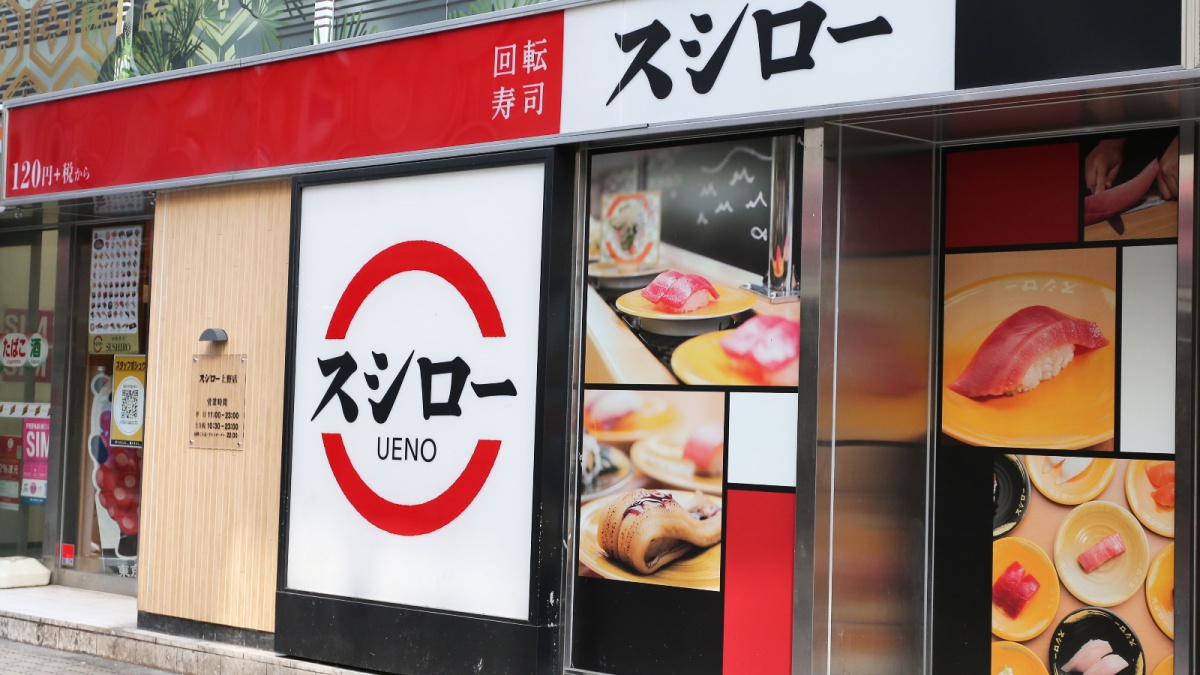
Sushiro Oita Wasada Store
Sushi restaurant in Oita [SUSHILIVE comment] -


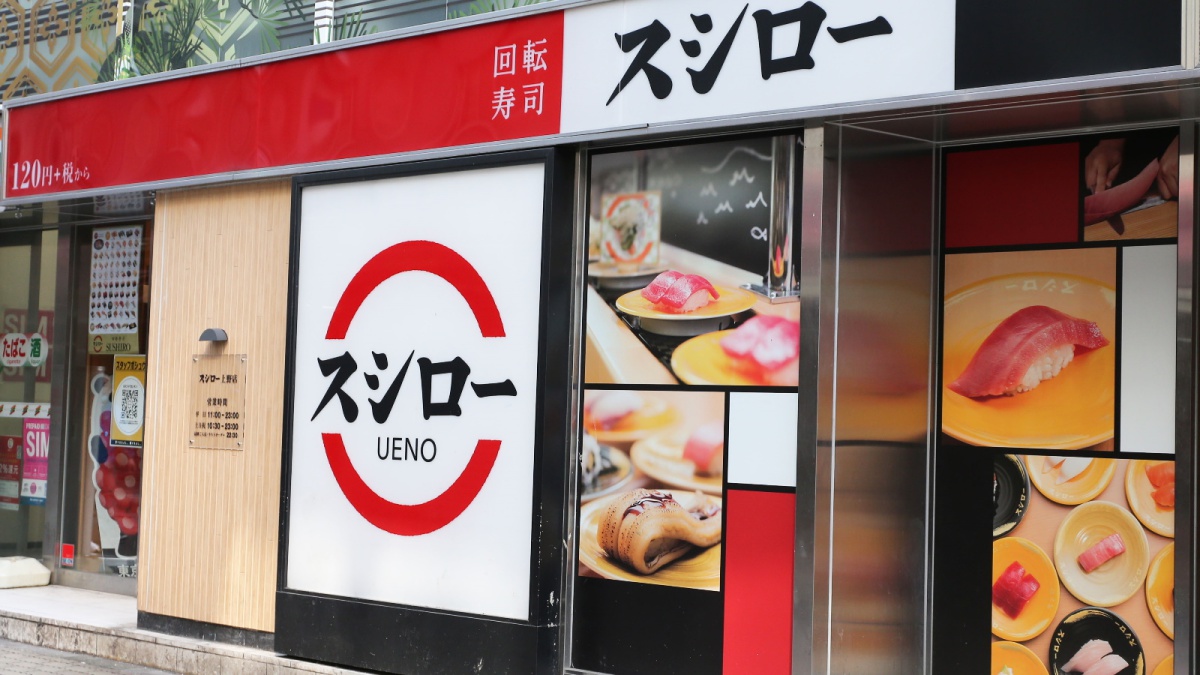
Sushiro Oita Motomachi
Sushi restaurant in Oita [SUSHILIVE comment] -


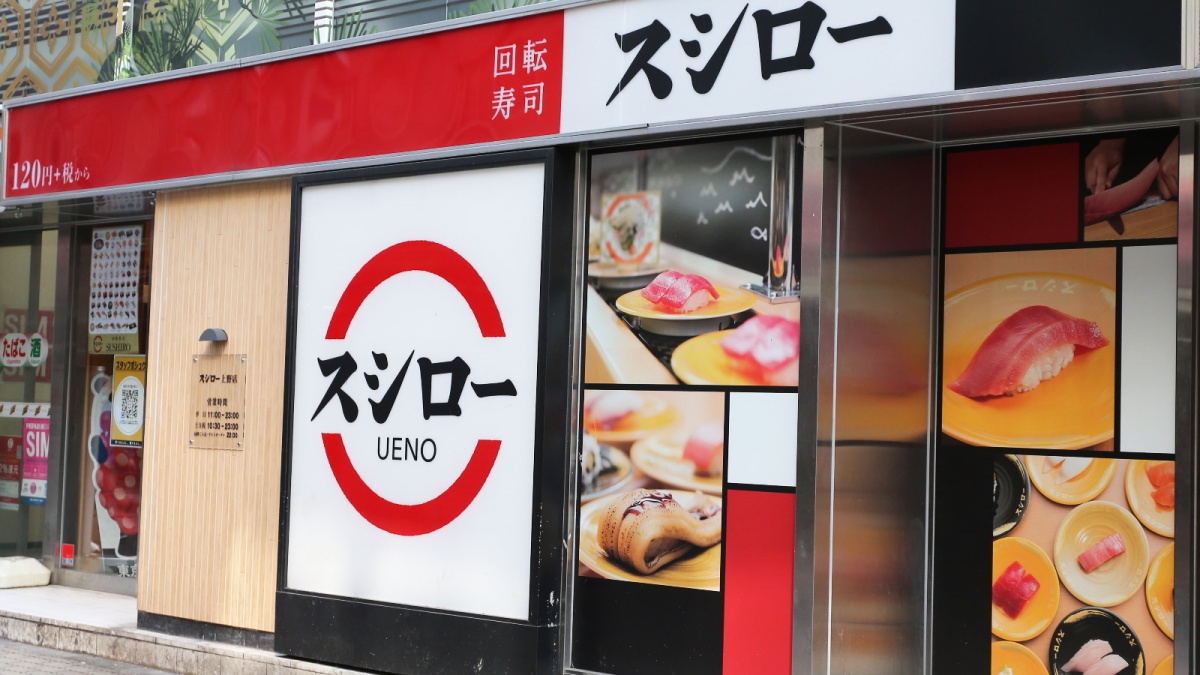
Sushiro Oita-Nakatsu, capital of Japan (Tw)
Sushi restaurant in Oita [SUSHILIVE comment] -


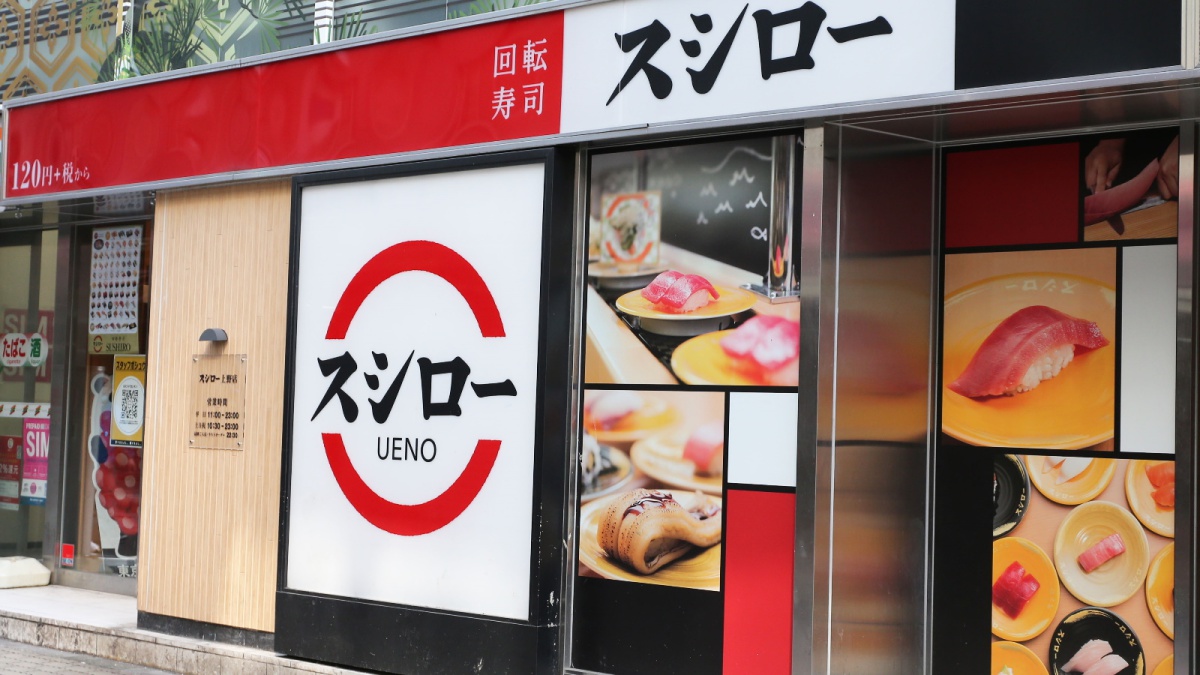
Sushiro Cosmo Town Saeki
Sushi restaurant in Oita [SUSHILIVE comment] -


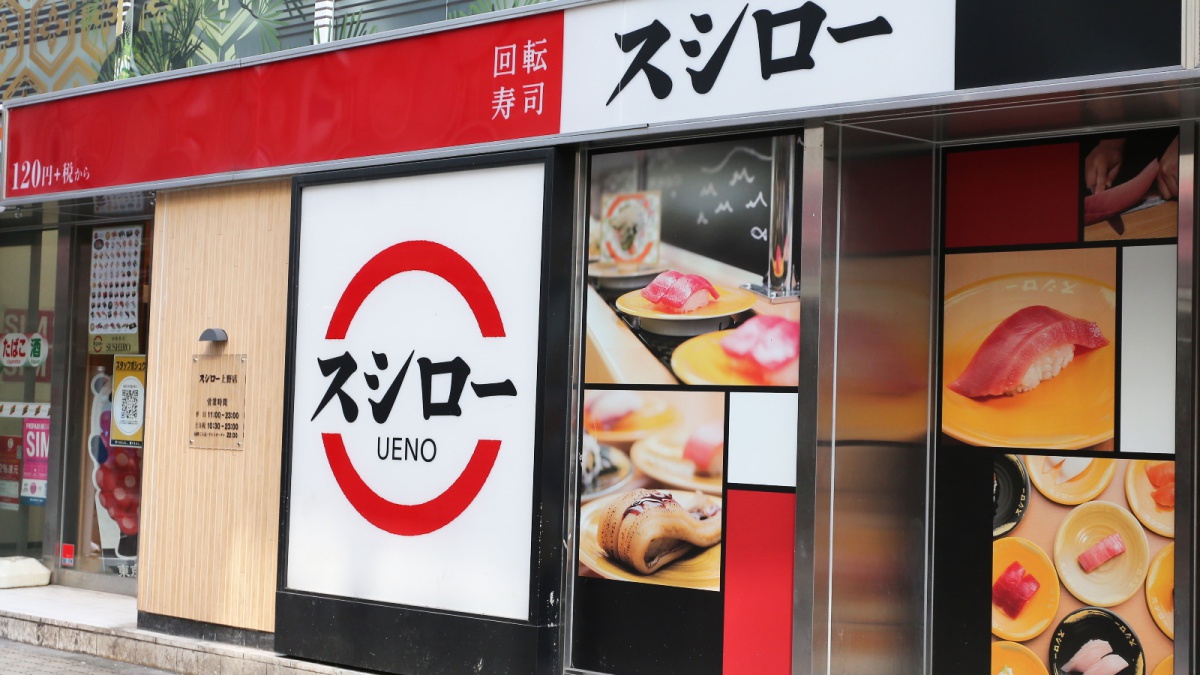
Sushiro Oita University in
Sushi restaurant in Oita [SUSHILIVE comment] -


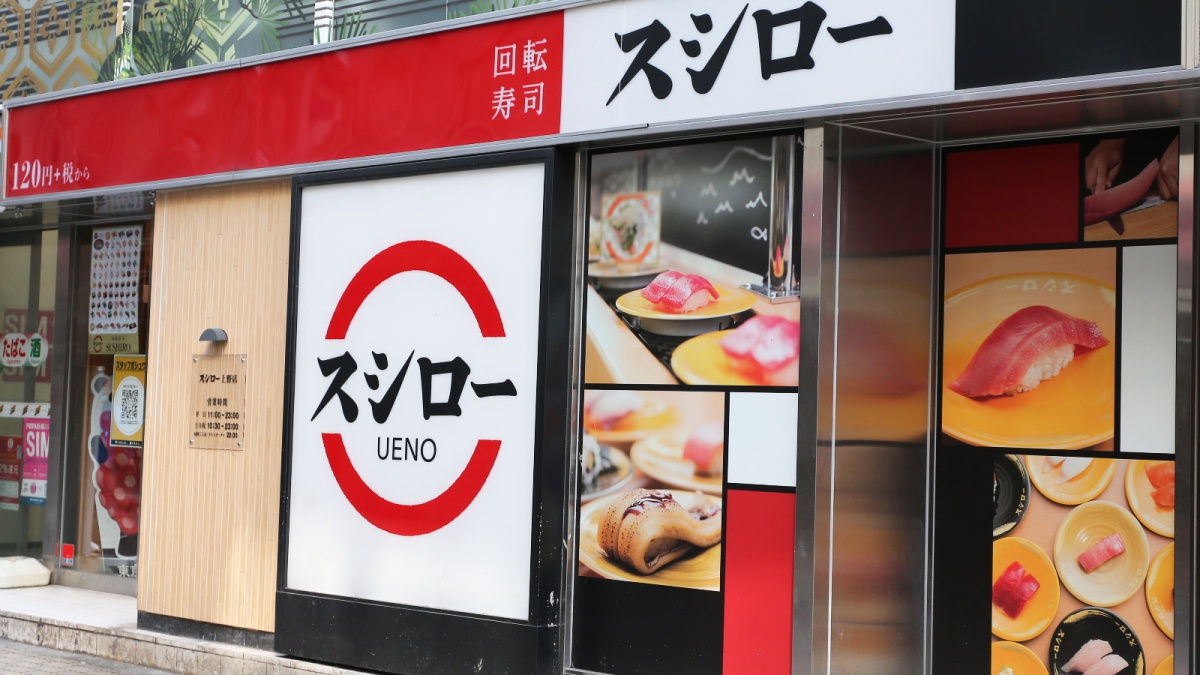
Sushiro Oita Nakatoji
Sushi restaurant in Oita [SUSHILIVE comment] -


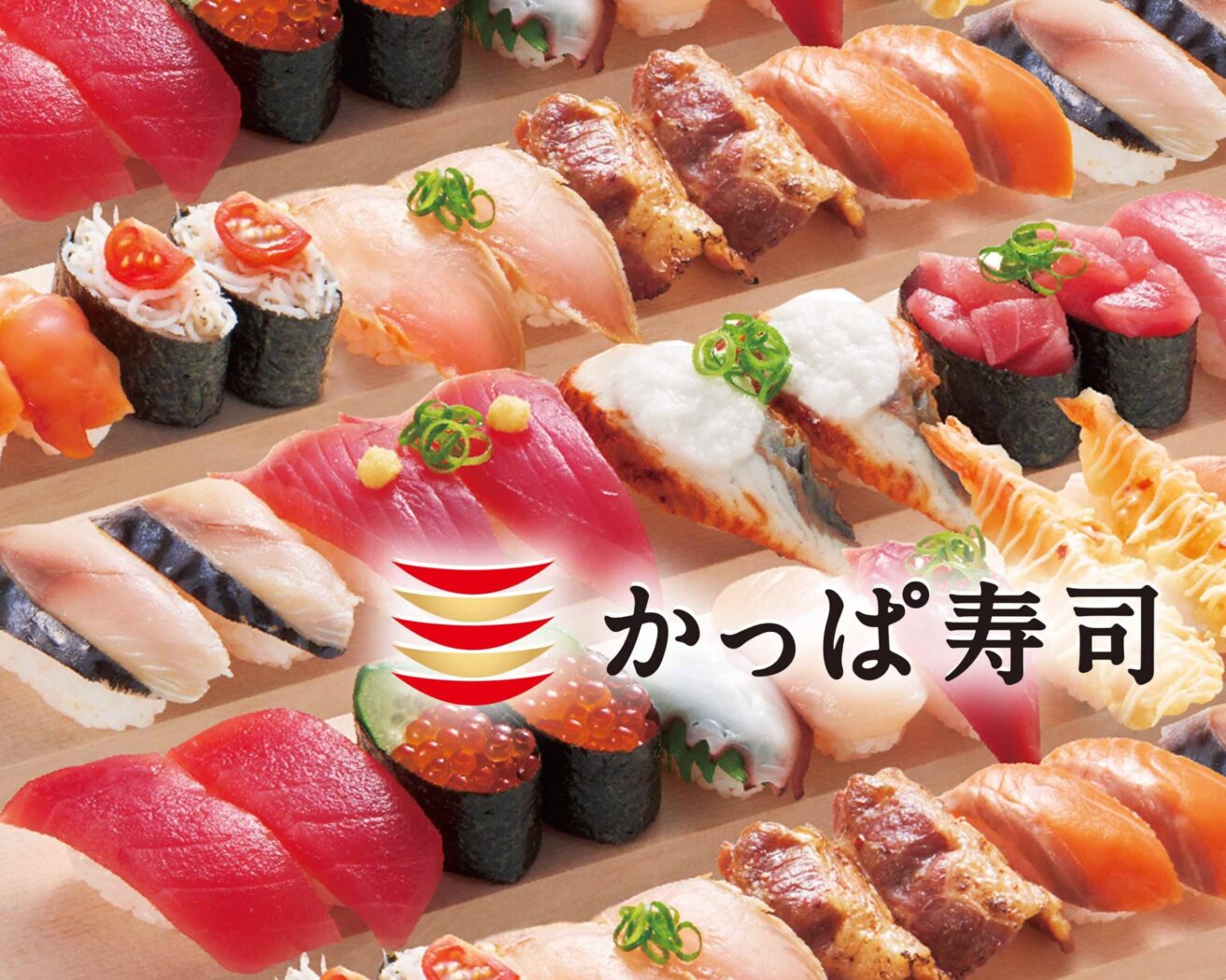
Kappa sushi Beppu Branch
Sushi restaurant in Oita [SUSHILIVE comment]
Characteristics of Oita’s Cuisine
The Prosperous Land Woven with Fertility and Vitality: Oita
Located in the northeastern part of Kyushu, Oita Prefecture is characterized by its rich natural environment of mountains, seas, and plains, alongside its vibrant socio-economic activities.
The northwest part boasts mountains including Mt. Kuju, the highest peak in mainland Kyushu, while the southwest has scenic spots like Yabakei with its peculiar rock formations. To the east, facing the Bungo Channel, diverse coastlines including ria coasts and mudflats are formed.
Such geography has long fostered primary industries like agriculture, fisheries, and forestry in Oita. Recently, the tourism industry, utilizing its hot springs and rich nature, has also developed, attracting many tourists from both Japan and abroad to hot spring resorts such as Beppu and Yufuin.
In manufacturing, the semiconductor and automobile-related industries are central, and in recent years, the biotechnology-related industry has also grown. Moreover, there is active effort in attracting IT-related companies, striving for the creation of new industries.
Thus, Oita Prefecture is a charming region where blessed natural environments and vibrant socio-economic activities merge.
Oita Prefecture: A Land Breathed with Rich History and Culture
Oita Prefecture, located in the northeastern part of Kyushu, has flourished as a hub of exchange with the continent from ancient times, nurturing a unique history and culture.
From the Jomon to the Yayoi period, a distinctive culture developed under the rich natural environment. Notably, Usa Shrine, one of Japan’s oldest and most significant shrines, has been a center of worship since ancient times.
During the medieval period, the region experienced the warring states period centered around the Otomo clan, the guardians of Bungo Province, and prospered as a political, economic, and cultural center under the direct control of the shogunate and as a domain of hereditary daimyos in the Edo period.
Owing to this historical background, Oita is home to numerous historical buildings and sites, including Usa Shrine. Traditional crafts, inheriting the rich culture of the Edo period, are also produced throughout the prefecture, adding to its charm.
Moreover, Oita is blessed with a rich natural environment. From the highest peak of Mt. Kuju in mainland Kyushu to beautiful coastlines and hot springs, it offers diverse natural landscapes.
Thus, Oita Prefecture is a region full of charm, where history and culture breathe life. We invite you to enjoy the cultural heritage and majestic natural scenery passed down from ancient times to the present.
The Food Culture of Oita Prefecture, Nurtured by the Bountiful Sea and Land
Blessed with rich nature, Oita Prefecture features a diverse food culture, making the most of the bounty from the sea and mountains.
In coastal areas, cuisine using fresh seafood like Seki Aji and Seki Saba is prevalent. Particularly, Beppu cold noodles, made using the source water from Beppu hot springs, are a popular local gourmet dish.
In mountainous areas, game meat dishes such as boar and deer have been enjoyed since old times, and their flavors are being re-evaluated recently. The Hita region is known for producing “yuzu kosho,” a unique seasoning that adds a distinct flavor to hot pots and sashimi.
Furthermore, Oita Prefecture boasts one of the highest consumption rates of chicken meat in Japan, with dishes like Tori-ten and Nakatsu karaage being particularly famous.
Thus, Oita’s food culture, rich in seafood, mountain delicacies, and chicken, is indeed captivating. When visiting Oita, we encourage you to savor the local cuisine made from unique regional ingredients.
The Sushi Culture of Oita Prefecture, Woven with Rich Marine Blessings and Tradition
Facing the rich seas, Oita Prefecture has developed a unique sushi culture, utilizing fresh seafood since ancient times.
During the Edo period, a sushi culture distinct from Edo-mae sushi emerged. Saiki sushi, a local sushi from Saiki City, is famous for its large cuts of fresh local seafood atop vinegared rice, wrapped in nori, showcasing a distinct style from Edo-mae sushi.
In Usuki City, “Tea-dai sushi,” a type of pressed sushi, is popular. It involves layering ingredients and vinegared rice in a wooden mold resembling a tea stand, pressed together, creating a visually appealing dish often used for celebrations.
Recently, alongside traditional sushi, there has been an increase in shops offering new styles of sushi. These include creative sushi using local ingredients and sets combining nigiri and rolled sushi, offering a variety of sushi experiences.
Thus, Oita Prefecture boasts an attractive sushi culture, a fusion of traditional practices and new styles. We invite you to experience the unique sushi of Oita during your visit.
Oita Prefecture’s Attractive Local Specialties, Nurtured by Rich Nature and Tradition
Oita Prefecture boasts numerous local specialties, born from its rich natural environment and traditional techniques.
Among them, “Kabosu,” accounting for about 90% of national production, is especially famous. Its refreshing aroma and acidity are widely used in various dishes and drinks.
Oita is also the top producer of dried shiitake mushrooms in Japan. These thick, aromatic mushrooms from Oita are considered a luxury ingredient, adding depth to various dishes like stews and hot pots.
Additionally, Oita offers unique local specialties such as Bungo beef, Seki Aji, Seki Saba, Hita cedar, and bamboo crafts.
These specialties are the fruits of Oita’s rich nature and traditional craftsmanship. When visiting Oita, we encourage you to enjoy the unique flavors of these local treasures.

